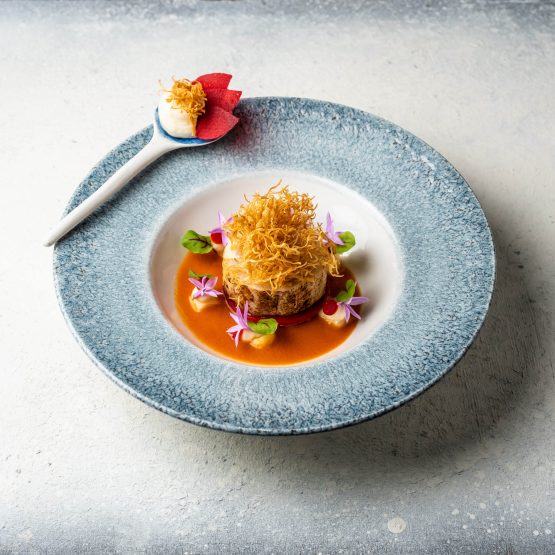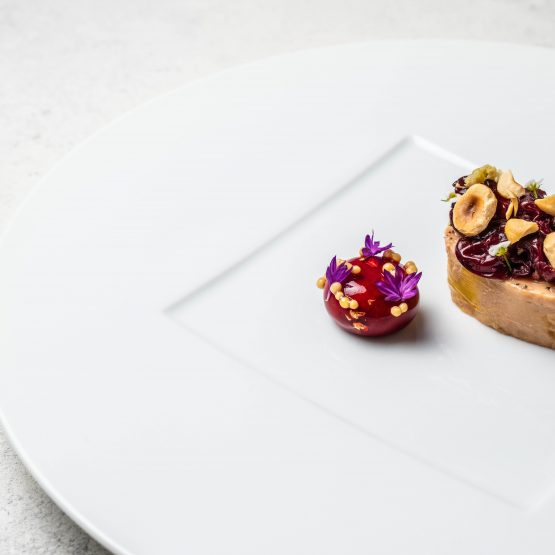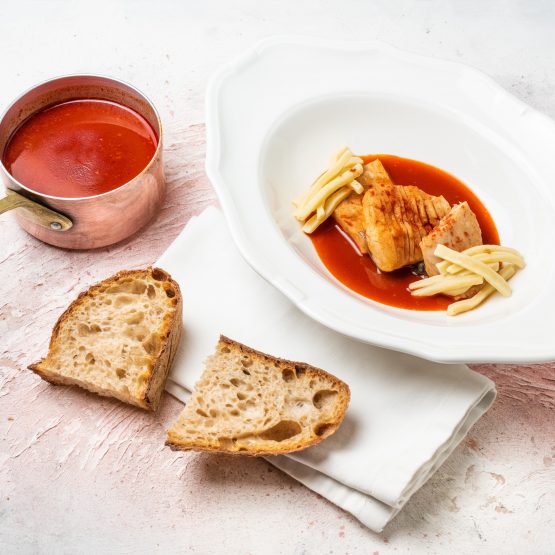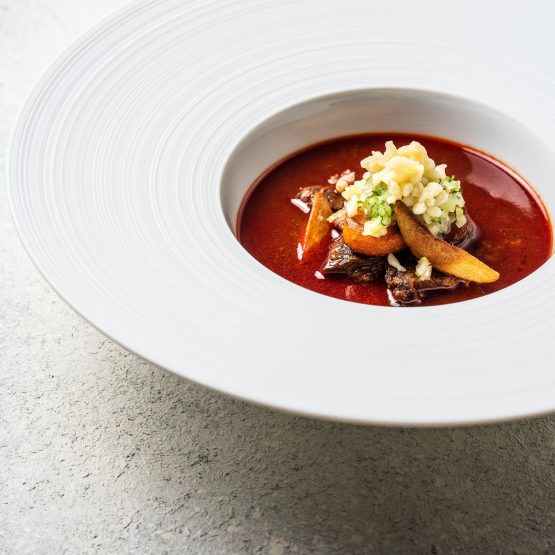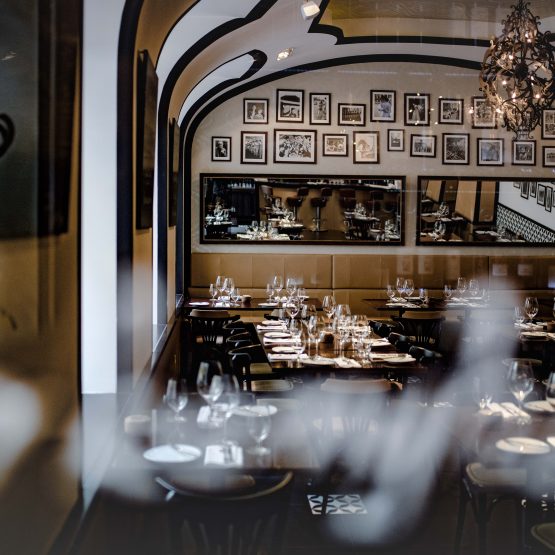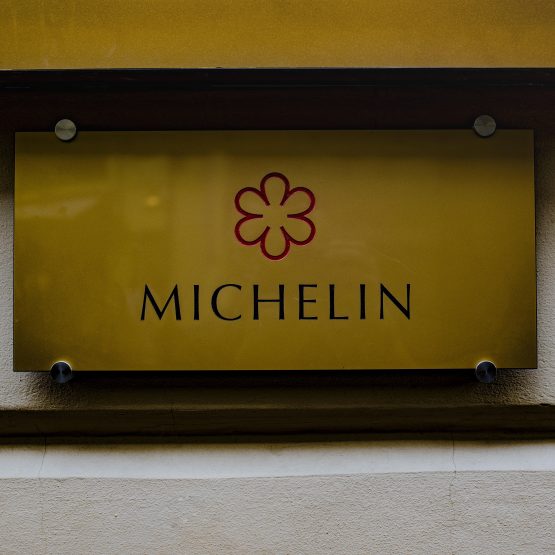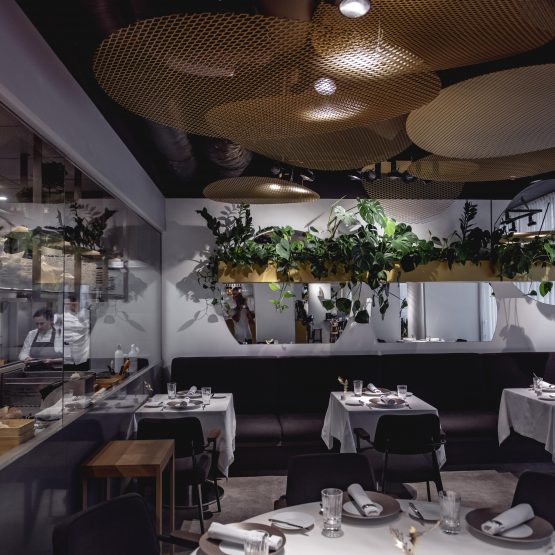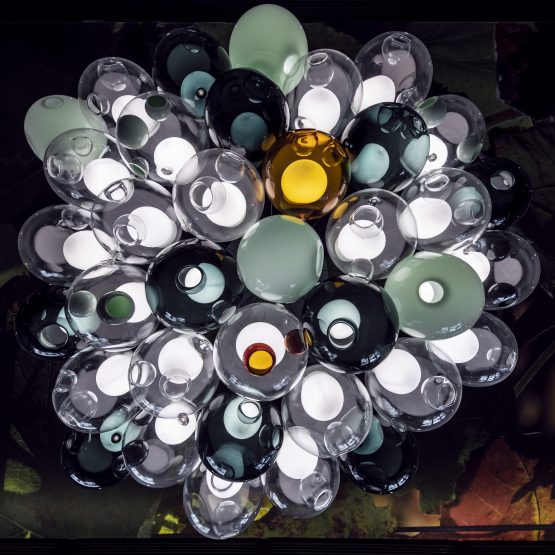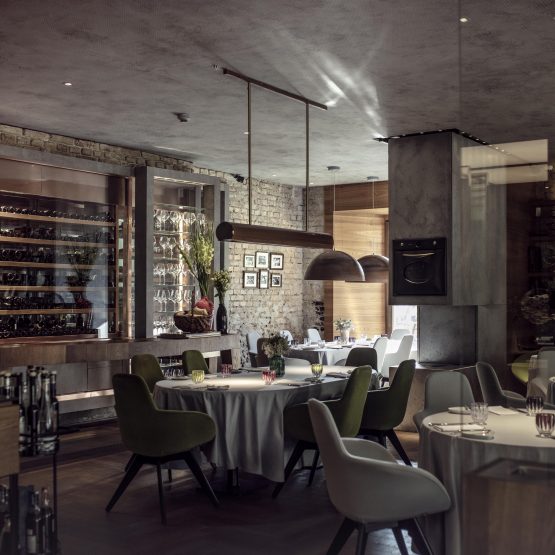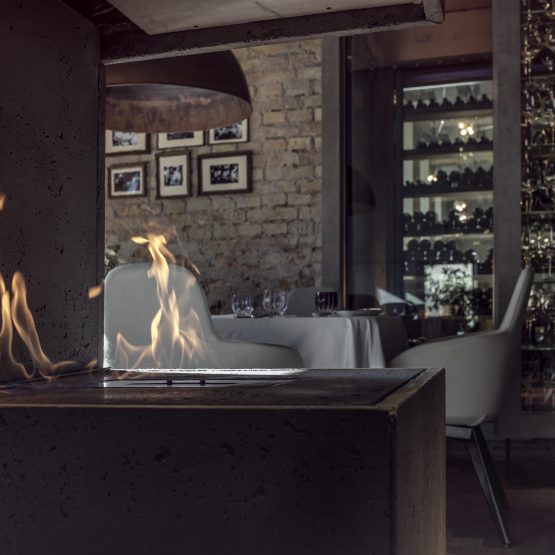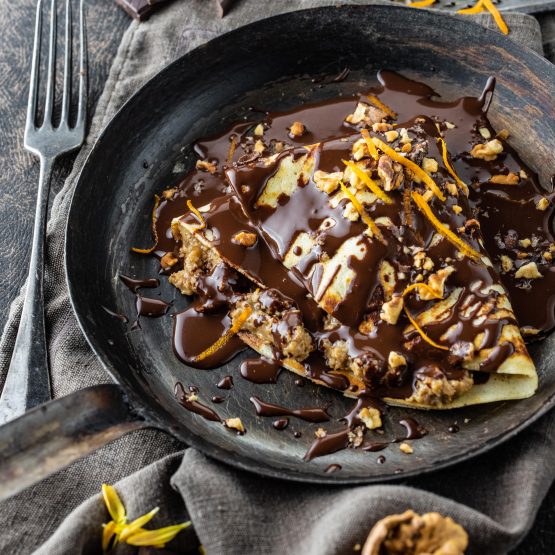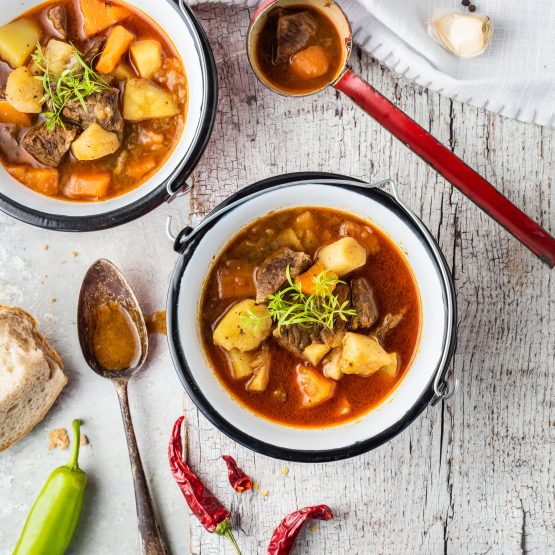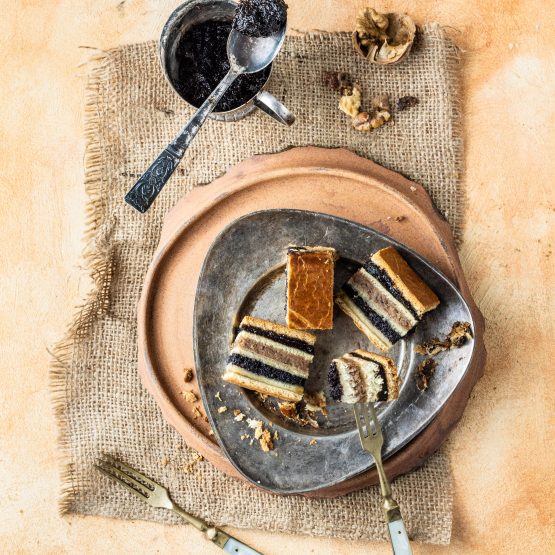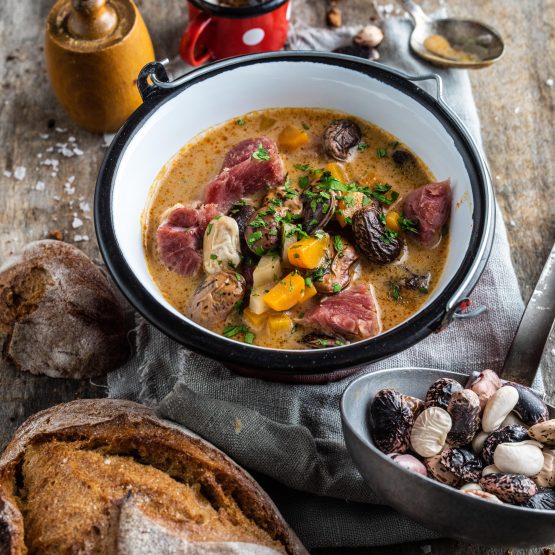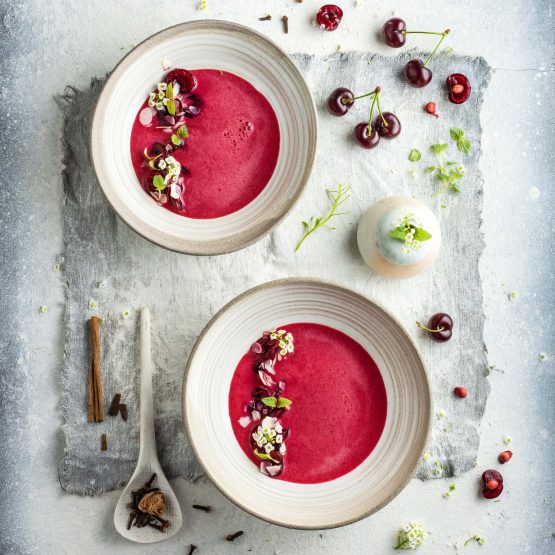Budapest may boast six restaurants with Michelin stars but its cuisine is still based on the traditions and peasant roots that underscored its development over the centuries. The Italian influences of the Renaissance, the peppers introduced by the Ottomans, the delicious sauces concocted in Transylvania around the 1700s, the goulash and stews of the Dual Monarchy, refined by French expertise, still shine through.
In 2008, Károly Gerendai, the driving force behind the successful Sziget Festival, opened a restaurant on unsung Ráday utca. His intention was to raise culinary standards in Budapest to Michelin-star levels.
Had there been Michelin stars a century before, Budapest would have excelled. Frenchman Joseph Marchal, chef to Napoléon III, had come here in the 1860s to combine Gallic technique with Hungarian ingredients, and trained a whole generation.
Károly Gundel then put this to good use when taking over Gundel in 1910, creating a world-class dining destination.
Exactly a century later, Budapest earned its first Michelin star after Károly Gerendai brought Miguel Rocha Vieira to oversee his restaurant, Costes. The Portuguese chef, who had trained in influential kitchens such as the El Bulli Hotel in Seville, had introduced a groundbreaking dégustation menu – his wild pigeon dish remains popular to this day.
Rocha Vieira also understood that maintaining a Michelin star is a task as challenging as earning it in the first place. For consistency, he sourced more produce from around Hungary. Chefs may have led Budapest’s culinary transformation but local producers have been crucial. As demand rose, so did standards. Few might know, for example, that the caviar at Costes is Hungarian.
Hungarian chefs soon came to the fore. Culinary couple Szabina Szulló and Tamás Széll were given carte blanche to create at Onyx, by the legendary Gerbeaud confectionery. As at Costes, everything perfectly presented on the plate is bite-sized and exquisite – the current menu features concoctions within and beyond Hungary’s borders.
Behind Onyx, a gastronomic hub developed around Lipótváros, the business-focused northern half of the city centre, where discerning diners convene at lunchtime. This surge of top-quality dining was also driven by… wine. Just as Hungary’s restaurant trade has levelled up significantly in the 2000s, so has its wine industry.
Tigris and Di Vino, opened by the famed Gere winery and by the young winemakers of Junibor respectively, matched top labels with divine dishes, the revived Hungarian variety of pork mangalica a speciality. Noted sommelier Zoltán Kalocsai and Tamás Horváth created Borkonyha (‘Wine Kitchen’), an informal bistro in the gastro hub with 200 Hungarian labels available by the glass. The key to its success, though, and to the Michelin star awarded in 2014, was the free rein given to little-known chef Ákos Sárközi.
Nearby, the Downtown Market opened, reviving an 1891 landmark while placing gastronomy centre stage. Lunchtimes are a-buzz with culinary invention. Here Szulló and Széll relocated to open Stand25, working within the bistro genre, leaving Onyx in the capable hands of their former assistant Ádám Mészáros. Also nearby, Costes opened a bistro branch, Costes Downtown overseen by Rocha Vieira, who was nurturing his assistant, Eszter Palágyi, as a star chef in her own right at the original outlet.
Budapest basked in the international limelight at the Michelin gala staged at the illustrious Várkert Bazár in 2018. Awarding a second star to Onyx, the panel assured Costes, Costes Downtown and Borkonyha of their Michelin status and garlanded other venues, including Stand25, with Bibs Gourmands.
Missing out that night, the otherwise acclaimed Babel Budapest didn’t waver, chef István Véres continuing to produce stellar cuisine underscored by his Transylvanian roots. A Michelin star duly arrived in 2019, alongside one for Szulló and Széll’s new venture, Stand.
All six of Budapest’s Michelin-starred restaurants are within a short walk of each other in the city centre. Costes, meanwhile, is looking further afield, setting up with 49 other global Michelin-starred restaurants on an archipelago of high-end gastronomy in China, Ocean Flowers.
